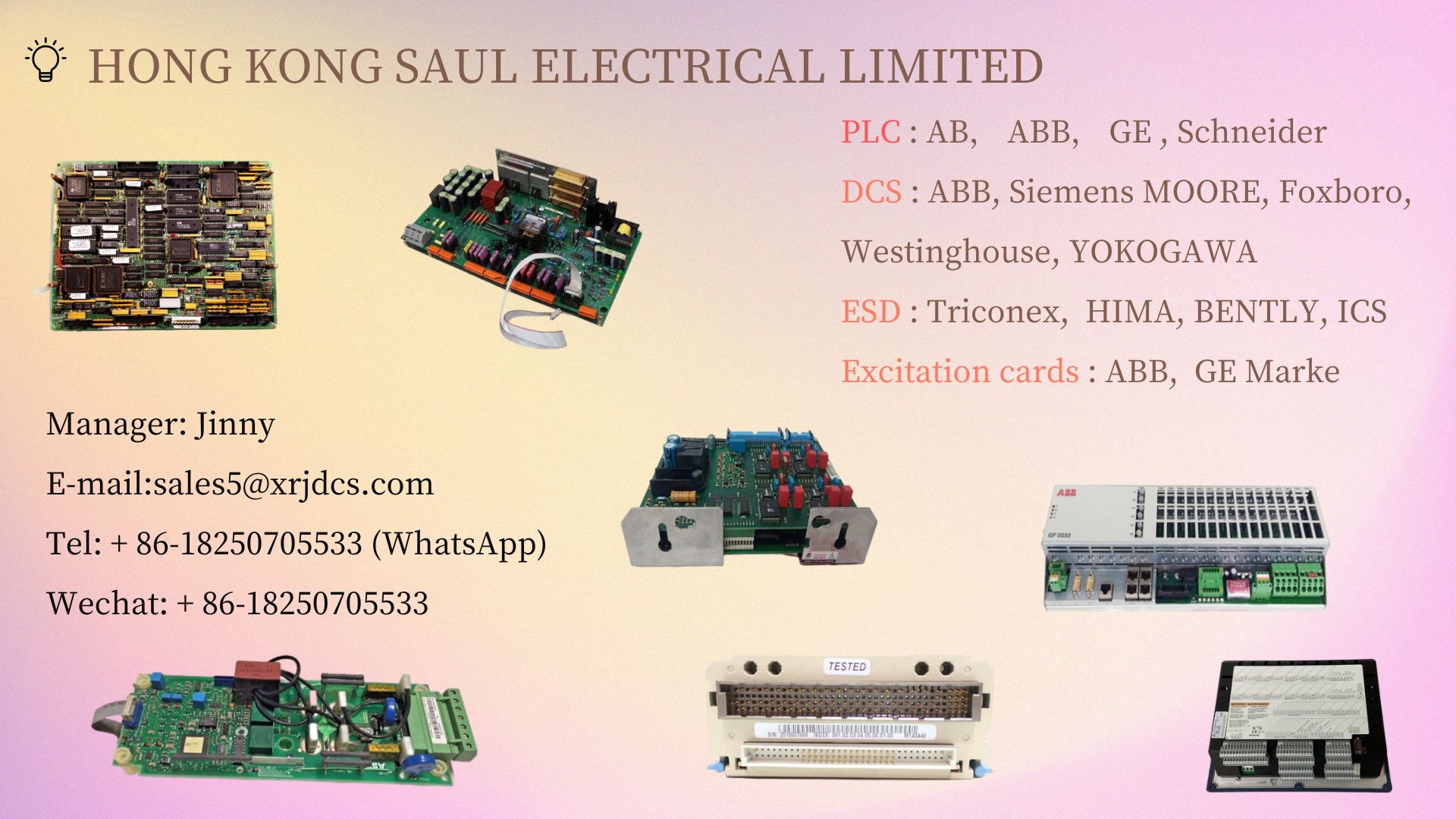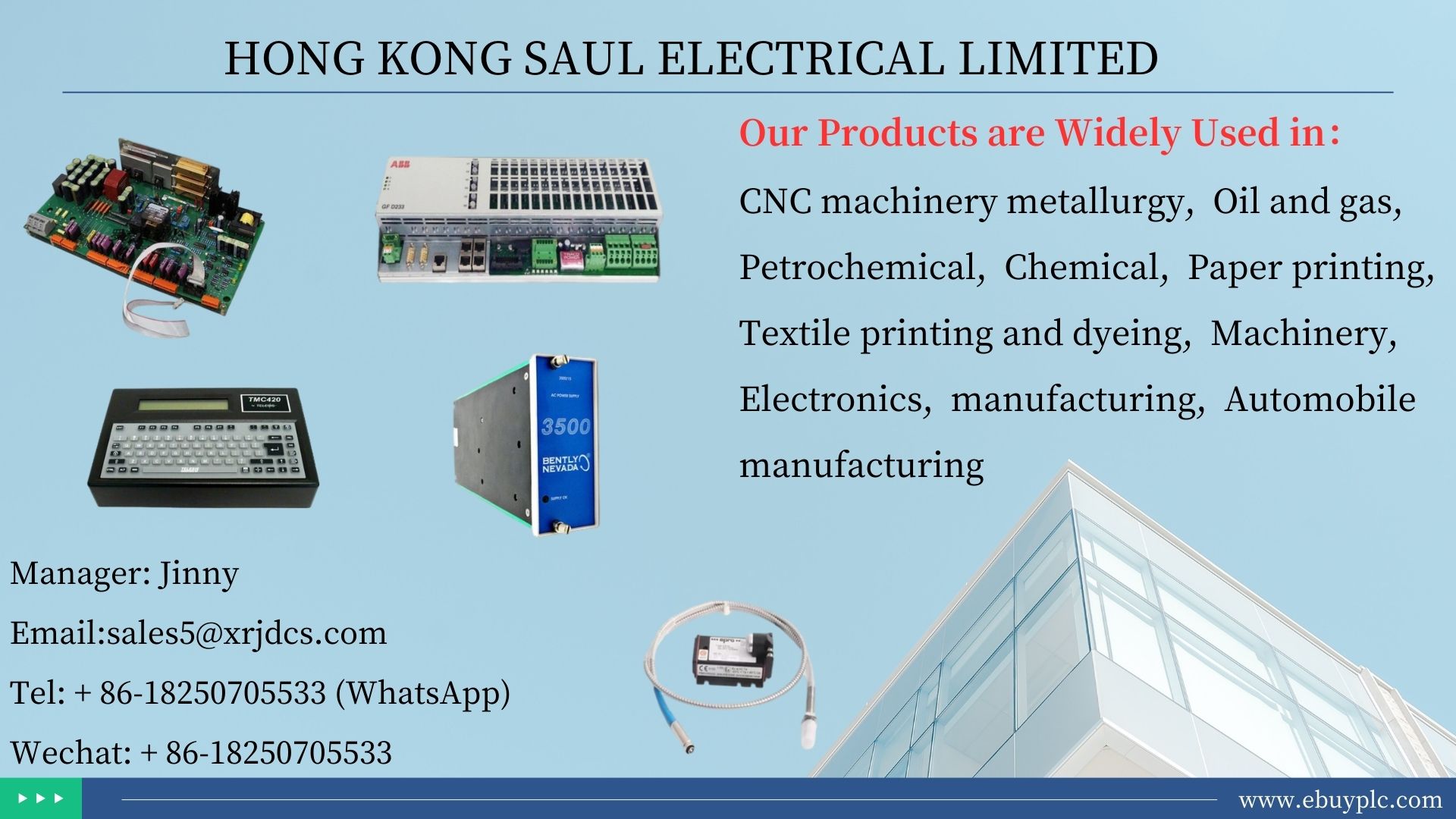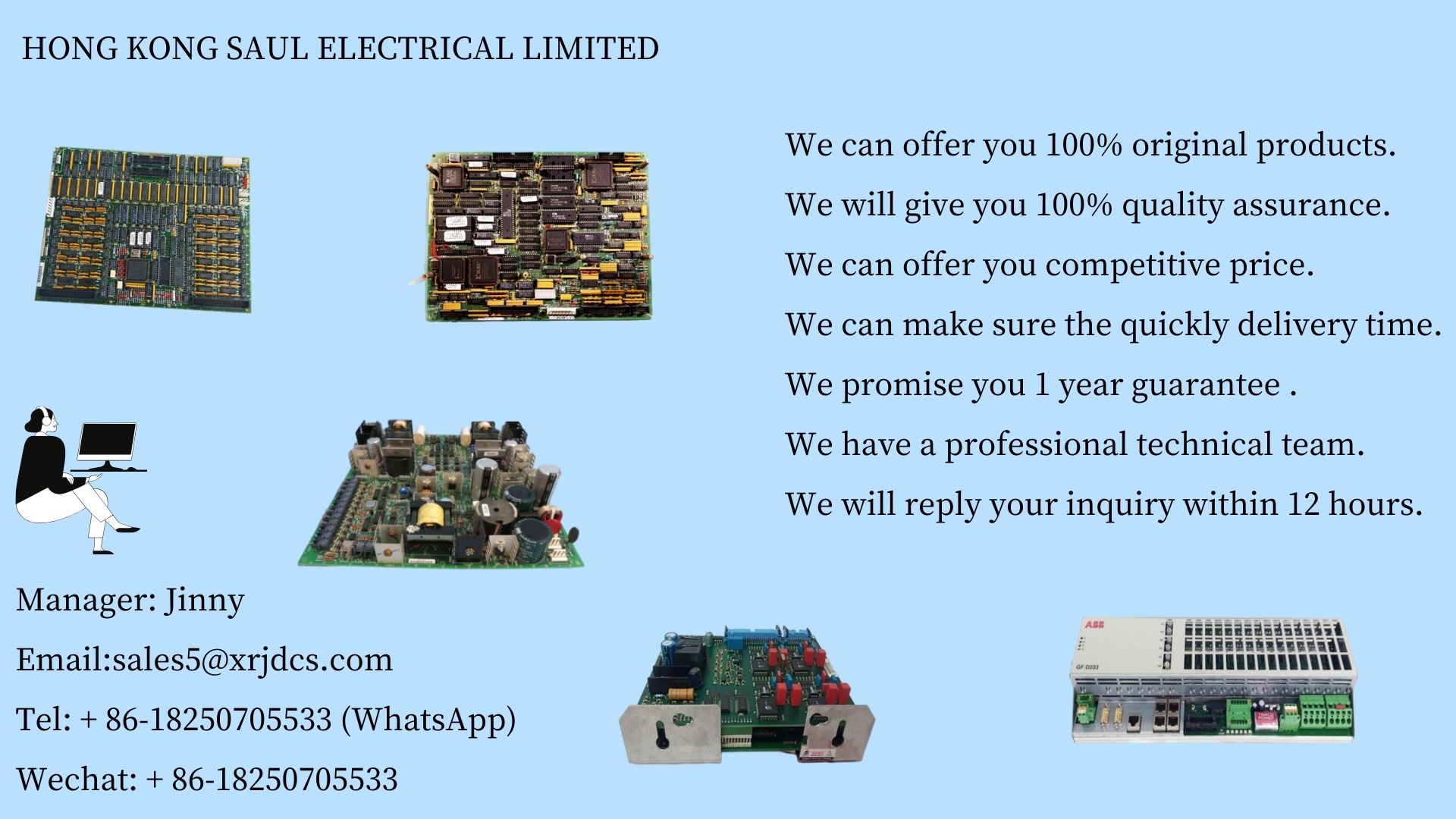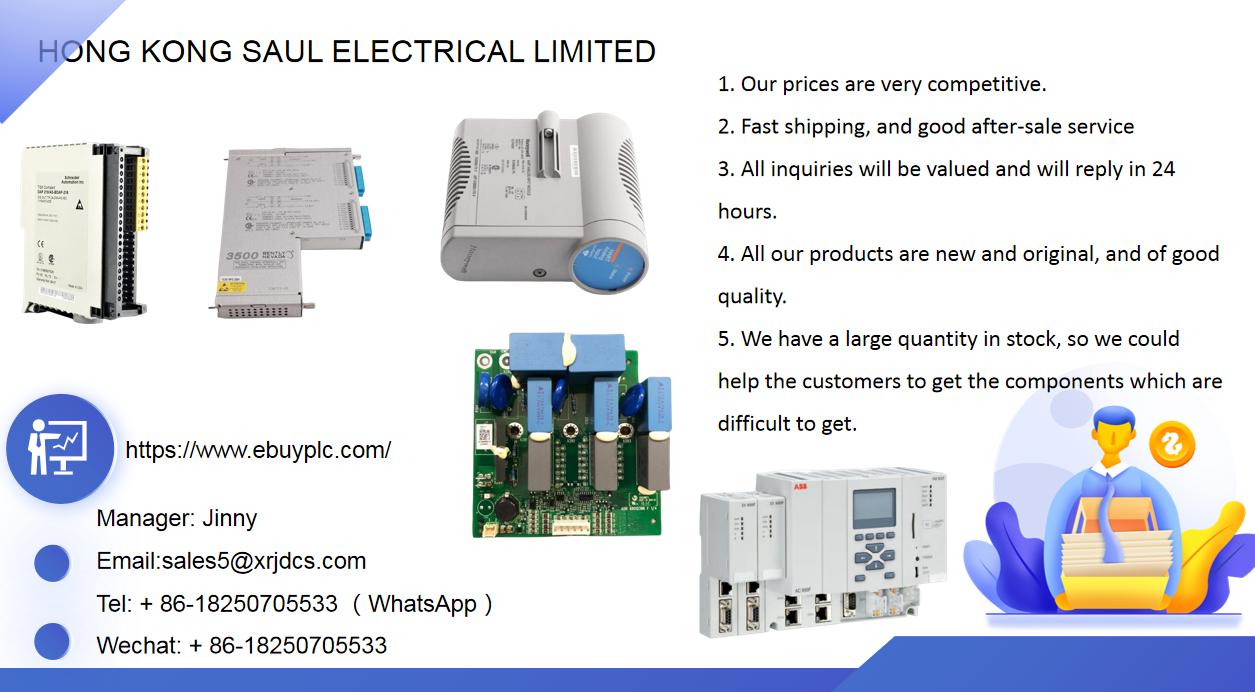ABB energy saving and efficiency enhancement: keep cooling and save energy

The food and beverage industry is crucial to maintaining the sustainable development of the world's population. However, this is a high energy consumption industry, which consumes about 30% of the world's energy and accounts for 20% of greenhouse gas emissions. By 2050, the global population will reach 9 billion, and the world's food demand may increase by 50%. In the food and beverage industry, refrigeration and cooling are responsible for ensuring that food and beverage products are stored and transported at an appropriate temperature to prevent damage and waste. From cooling and freezing in factories to refrigeration in retail displays, all links of production need refrigeration. In food factories, refrigeration accounts for more than half of the total electricity consumption. Rising temperatures increase energy demand With the increase of average temperature in many countries, the demand for refrigeration applications is also increasing, resulting in more energy consumption. However, since the cooling system uses motors and frequency converters, the temperature can be controlled through advanced energy-saving technology while avoiding energy waste. For example, in India, where the average temperature is expected to rise by 4 ° C by the end of this century, ABB's customer advance techno systems (ATS) has introduced the latest frequency converters and high-efficiency motors in the design and manufacturing of its industrial chillers. "The slogan of our company is economy with technical excellence. This is also related to efficiency." Vinod Limaye, general manager of ATS, said. "By using various instruments and sensors to compare old and new technologies, we have now achieved about 23% energy savings." Generally, the cooling device includes expansion valve, evaporator, compressor and condenser. The motor and frequency converter push the refrigerant from the compressor to the condenser and pump water or air from the cooler through the expansion valve to the evaporator. Improving the individual components of the chiller is a good start. "By analyzing the energy consumption of each component, we can reduce energy consumption in general," Limaye said. "For example, compared with other condensers, an evaporative condenser we have developed can reduce energy consumption by 70%." Since cooling devices usually operate without interruption, the use of energy on demand can bring great changes in cost and efficiency. In the past, the operation of industrial cooling devices would frequently start and stop the condenser and evaporator fans, sometimes strengthened by double speed operation. Rising temperatures increase energy demand Although these decades have passed, modern awareness of reducing energy consumption and improving operational sustainability has led to the introduction of more energy-efficient motors such as variable speed converters and ABB synchronous reluctance motors (SynRM). The frequency converter can adjust the motor speed according to the load demand, so it will only consume the necessary energy. In addition, it can also reduce the burden of equipment, reduce maintenance costs and prolong the service cycle. "With the frequency converter, we can reach the exact temperature required by customers," Limaye explained. "This is very important for refrigeration units, because the energy consumption increases by about 2.75% for every 1 degree reduction in the temperature of the condenser. By introducing specific components into the process, we can save 12% energy compared with similar products on the market." END Since refrigeration and cooling systems are very important to our modern lifestyle, it is very necessary to improve their operational sustainability. Only by continuously pursuing technological innovation and improving energy efficiency can we adapt to the future development trend of the industry.









